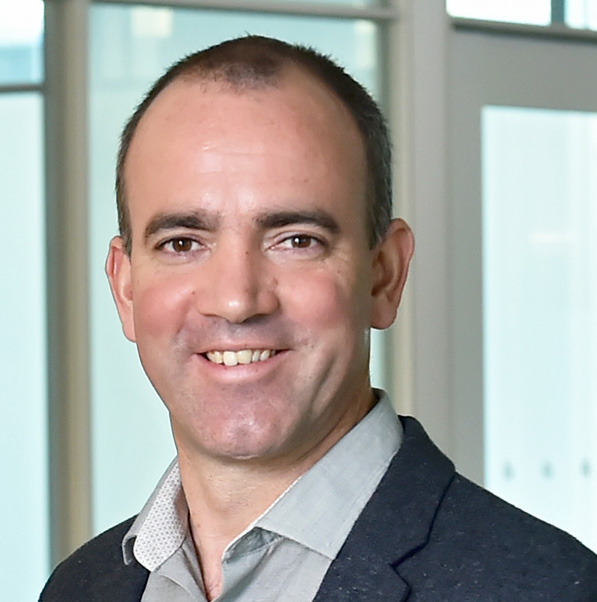 |
|
FINAL SPRING 2018 PPSM SEMINAR:
Director, Nanoscience Initiative
CUNY Advanced Science Research Center
City University of New York (CUNY)
WEDNESDAY MAY 16th, 2018 • ROOM 66-110
ABSTRACT:
Life’s diverse molecular functions are largely based on only a small number of highly conserved building blocks- the twenty canonical amino acids. These building blocks are chemically simple, but when they are organized in three-dimensional structures of tremendous complexity, new properties emerge, giving rise to the extraordinary machinery of life. So, if just twenty simple building blocks- when appropriately assembled – give rise to the complexity and functionality that can sustain life- then this is clearly a very versatile construction set. Our overall goal is conceptually simple: to figure out how to make nanoscale systems and materials from biology’s building blocks, and to apply these materials to diverse problems, that require them to be interfaced, ideally seamlessly, with living systems, or the natural environment. Different from other research groups, we have an unbiased approach, that is not guided by copying biological systems, and we keep these systems as simple as possible, which lowers barriers to application. The talk will focus on our latest results in three areas: (i) directed discovery of peptide nanostructures with new functions, by searching the sequence space (1,2); (ii) application of peptide nanostructures as functional materials (including customizable melanin pigments (3) and cell culture matrices (4)). (iii) actively assembling systems, that continuously turn over chemical fuels, enabling dynamic changes in structure and function (5).
REFERENCES
1. C.G. Pappas, et al., Dynamic Peptide Libraries for the Discovery of Supramolecular Nanomaterials, Nature Nanotechnol., 11 , 960 (2016).
2. P.W.J.M. Frederix, et al. Exploring the Sequence Space for (Tri-)peptide Self-Assembly to Design and Discover New Hydrogels, Nature Chem., 7, 30-37 (2015).
3. A. Lampel, et al., Polymeric Peptide Pigments with Sequence-encoded Properties, Science, 356, 1064 (2017).
4. E.V. Alakpa, et al. Tunable Supramolecular Hydrogels for Selection of Lineage-Guiding Metabolites in Stem Cell Cultures, Chem, 1, 298 (2016).
5. M. Kumar, et al., Amino Acid-Encoded Biocatalytic Self-Assembly Enables the Formation of Transient Conducting Nanostructures, Nature Chem. accepted (2018).
|

![]() Massachusetts Institute of Technology Cambridge, MA 02139-4307
Massachusetts Institute of Technology Cambridge, MA 02139-4307


